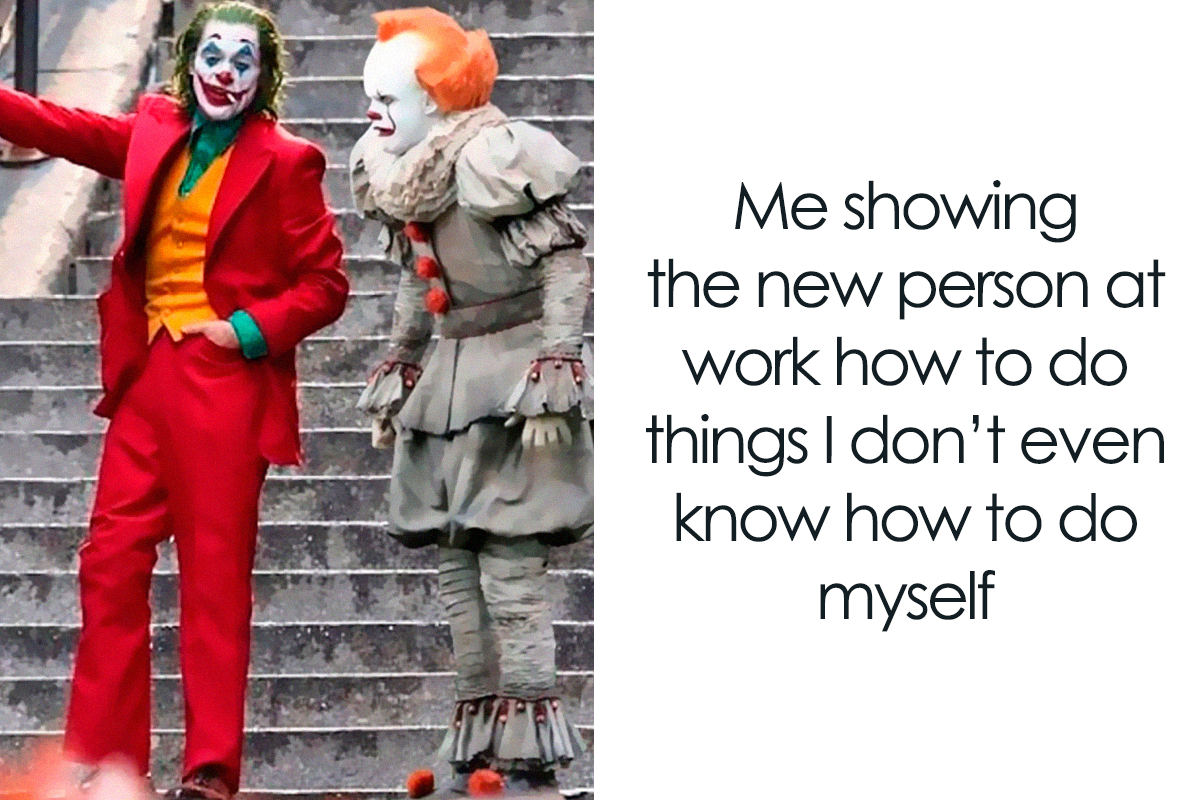
The Hilarious Highs and Lows: Why Funny Trading Moments Animations Are Taking Over the Internet
In the fast-paced, high-stakes world of trading, where fortunes can be made and lost in the blink of an eye, humor might seem like a rare commodity. However, a growing trend is proving that even in the serious realm of finance, there’s plenty of room for laughter. Funny trading moments animations are exploding in popularity, capturing the chaotic, emotional rollercoaster of the market in short, digestible, and, most importantly, hilarious clips. These animations resonate with both seasoned traders and those completely unfamiliar with the intricacies of candlestick charts and margin calls. But what is it about these bite-sized comedic renderings of trading mishaps that has captured the internet’s attention?
The Universal Language of Trading Pain (and Gain)
The core appeal of these animations lies in their relatability. While the specific strategies and instruments used by traders might vary widely, the underlying emotions are universal. The gut-wrenching feeling of watching a trade plummet into the red, the ecstatic rush of a sudden profit, the agonizing wait for a crucial economic announcement – these experiences are shared by traders across the globe, regardless of their experience level or the size of their portfolio.
Funny trading animations take these shared experiences and amplify them, often using exaggerated scenarios and slapstick humor to highlight the absurdity of the market. They tap into the collective anxieties and frustrations of traders, providing a much-needed dose of levity in an environment often characterized by stress and uncertainty. It’s a form of catharsis, allowing traders to laugh at their own mistakes and the unpredictable nature of the market, rather than dwelling on the losses.
Common Themes and Recurring Jokes
While the specific scenarios vary, certain themes and jokes consistently appear in these animations, reflecting the common pitfalls and anxieties of the trading world:
-
The "Buy High, Sell Low" Phenomenon: This classic trading blunder, where traders panic and buy into an asset at its peak only to sell it at a loss during a subsequent dip, is a recurring source of humor. Animations often depict traders gleefully buying at the top of a chart, only to be met with a swift and devastating reversal, accompanied by comical expressions of despair.
-
The Perils of Leverage: Leverage, the practice of using borrowed funds to amplify trading positions, can lead to significant profits, but it also magnifies losses. Animations frequently illustrate the dangers of over-leveraging, showing traders being wiped out by sudden market movements, often with their entire life savings disappearing in a puff of smoke.
-
The FOMO (Fear of Missing Out) Trap: The fear of missing out on a potentially lucrative trade is a powerful motivator, often leading traders to make impulsive decisions. Animations often depict traders chasing after rapidly rising assets, only to be left holding the bag when the inevitable correction occurs.
-
The Struggle with Technical Analysis: Technical analysis, the practice of using charts and indicators to predict future price movements, can be a complex and often frustrating endeavor. Animations often poke fun at the seemingly arbitrary nature of technical indicators, showing traders obsessively drawing lines and patterns on charts, only to be completely wrong in their predictions.
-
The Emotional Rollercoaster: Trading is an intensely emotional activity, and animations often capture the wide range of emotions that traders experience, from the euphoria of a winning trade to the despair of a losing one. These emotions are often exaggerated for comedic effect, with traders depicted as wildly celebrating small wins and dramatically lamenting even minor losses.
-
The Influence of "Gurus" and "Experts": The internet is filled with self-proclaimed trading gurus and experts offering advice and strategies, often with dubious track records. Animations frequently satirize these figures, portraying them as charlatans who prey on inexperienced traders with empty promises of easy riches.
-
The Unexpected Market Events ("Black Swans"): Unforeseen events can send markets into a tailspin, and animations often depict these "black swan" events in a humorous light, showing traders being caught completely off guard by sudden and dramatic market crashes.
Why They Work: The Psychology of Trading Humor
The popularity of funny trading moments animations can be attributed to several psychological factors:
-
Stress Relief: Trading is a stressful activity, and humor provides a much-needed outlet for stress and anxiety. Laughing at trading mishaps, even one’s own, can help to reduce tension and improve overall well-being.
-
Community Building: Sharing these animations creates a sense of community among traders. By laughing together at shared experiences, traders can connect with one another and feel less alone in their struggles.
-
Learning Through Humor: While the primary goal of these animations is to entertain, they can also be educational. By highlighting common mistakes and pitfalls, they can help traders to become more aware of their own biases and improve their decision-making.
-
Relatability and Validation: Seeing one’s own experiences reflected in these animations can be validating. It confirms that others are struggling with the same challenges and making the same mistakes, which can help to reduce feelings of isolation and self-doubt.
-
Accessibility: Animations are a highly accessible form of content. They are short, engaging, and easy to understand, making them appealing to a wide audience, even those who are not familiar with the intricacies of trading.
The Future of Trading Humor
As the world of trading becomes increasingly democratized, with more and more individuals participating in the market, the demand for relatable and engaging content will only continue to grow. Funny trading moments animations are perfectly positioned to fill this need, offering a unique blend of humor, education, and community building.
We can expect to see more sophisticated and creative animations emerge in the future, incorporating new technologies and storytelling techniques. The rise of meme culture and short-form video platforms like TikTok and YouTube Shorts has further fueled the popularity of these animations, making them easily shareable and discoverable.
Ultimately, funny trading moments animations serve as a reminder that even in the serious world of finance, there’s always room for laughter. They offer a valuable perspective on the emotional rollercoaster of trading, helping traders to stay grounded, learn from their mistakes, and, most importantly, not take themselves too seriously. They are a testament to the power of humor to connect people, alleviate stress, and provide a much-needed dose of levity in a world often characterized by uncertainty and risk. The next time you’re feeling down about a losing trade, seek out some of these animations – you might just find the laugh you need to get back in the game.



